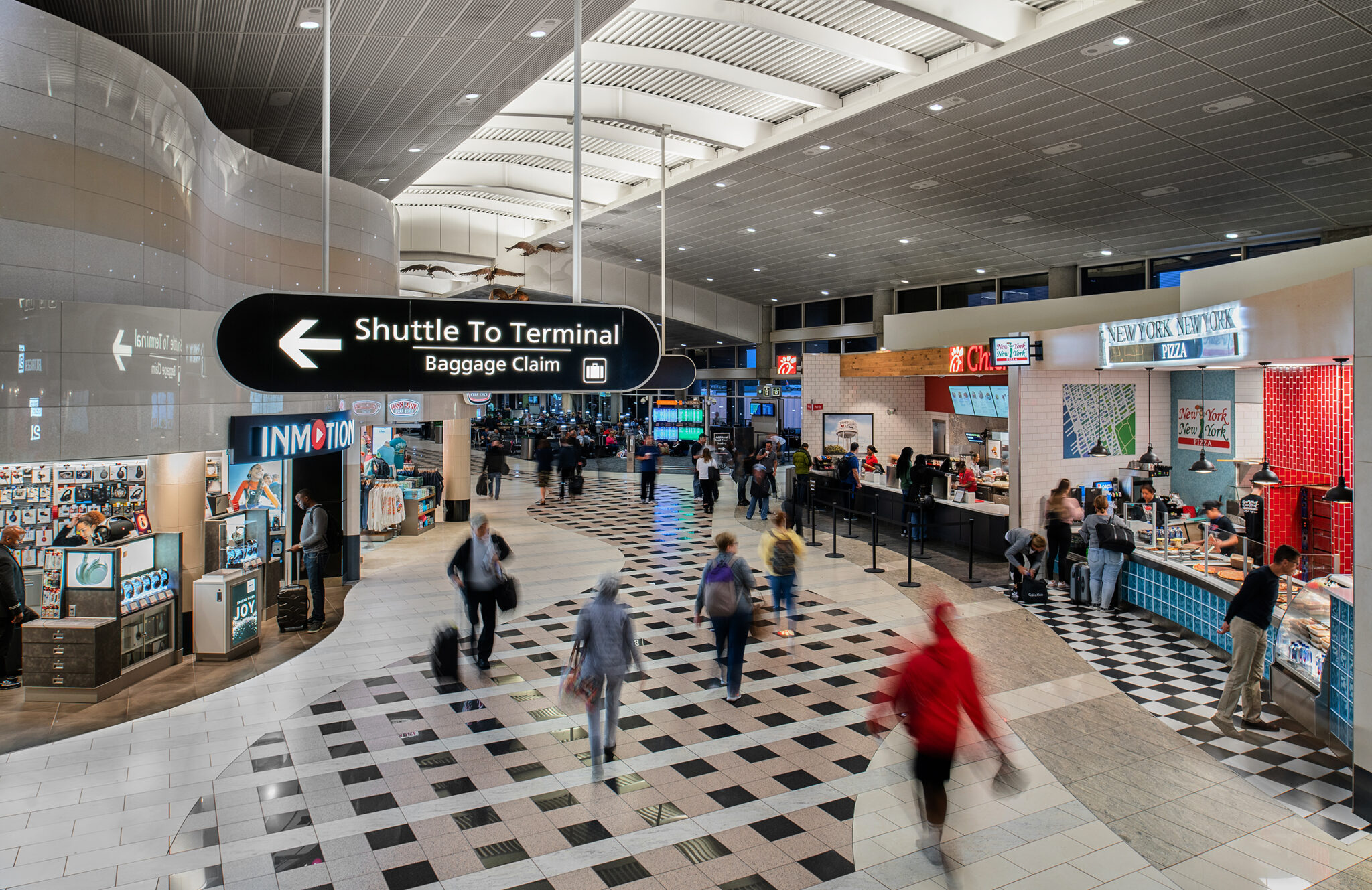Destinations Say Public-Private Partnerships Help With Overtourism

Skift Take
Around the world, a diverse set of destinations have come to the understanding that tourism officials need to pivot from destination marketing to destination management to prepare for the future and prevent the negative effects of overtourism.
During a panel at the World Travel and Tourism Council's Global Summit in Seville, Spain, on Wednesday, various destination leaders from around the world gave some insight into how more robust planning and partnerships are paving the way for more sustainable tourism outcomes.
"It's complex, takes a great deal of collaboration and progressive policies," said moderator Mark Wynne Smith, global CEO of JLL Hotels & Hospitality Group.
Public-private partnerships were the primary topic of discussion, particularly as destinations move to five- and 10-year plans to address overtourism and impacts on local communities while still attracting tourism investment.
"We throw around the word unity and I think that's key to us; without a doubt having a unified start is key to providing leadership around the destination," said Steffan Panoho, head of tourism for Auckland Tourism. "We've realized we're here to devise a revised strategy around destination management as opposed to destination marketing... it wasn't our plan telling others what to do, it was largely the voice and ambitions from across the entire city. A year into this plan we’ve had nothing but overwhelming support for the plan and that provides investor confidence in terms of coming into a destination to invest."
According to Panoho, a large focus was placed on finding ways for sustainable tourism activities to take place in indigenous communities, providing support to locals without putting increased economic and environmental pressure on them. Auckland's tourism development plan focuses on targeting high-value travelers while creating a higher standard of living for locals.
For Greece, which approaches tourism as a core pillar of economic growth, attempting to decrease seasonality across its wide variety of cities and islands has only been possible by creating fertile grounds for partnerships between groups across the spectrum.
"The most important thing is safety and security, the second is infrastructure, and there we work with a lot of different ministries because tourism has responsibilities that go through other ministries, and we wanted to be very friendly with new investments," said Elena Kountoura, Greece's minister for tourism. "A destination like Athens that was very popular, but not 365 days a year, we wanted to make it very popular for 365 by [offering] different products. For the islands, connectivity was very important. For many reasons, this was something the public sector had to work with private sector [on]."
In the Philippines, the focus has been on further developing the tourism and hospitality workforce to provide a more consistent level of experience to visitors.
"We see the importance of Philippines' frontliners to deliver services to a wide variety of clients, to improve our capacity we have a wide range of industry manpower," said Benito Bengzon Jr., undersecretary for tourism development planning for the Philippines. "Just recently we created a program called the Filipino Brand of Hospitality. We wanted to develop a program that will highlight certain traits or characteristics of Filipino hospitality, spirituality, care for the environment, making sure more than anything else were able to provide a quality, unforgettable experience to our visitors. We've made deliberate effort to achieve very high satisfaction levels at [all travel touchpoints]."
It's difficult to sustainably grow tourism and create year-round while reducing the impacts of inequality and economic pressure. Buy-in from private companies and investors, instead of an acrimonious relationship between various parties, seems to be the way forward for these destinations.
"[We wanted] to increase the winter time and reinforce the summertime, as well as introduce new destinations in Greece and create a lot of different products to open up new markets," said Kountoura. "We couldn't do it without the private market. We had to make strategic deals for bringing more tourists and connectivity. We talked to the private sector and regions and municipalities to make sure when tourists will come they will receive them in the right way."




